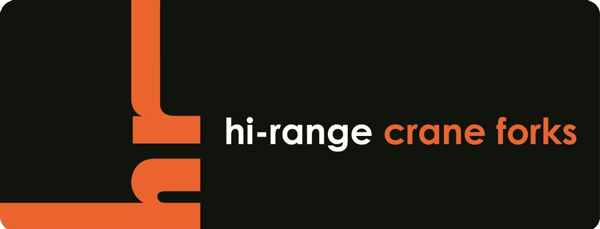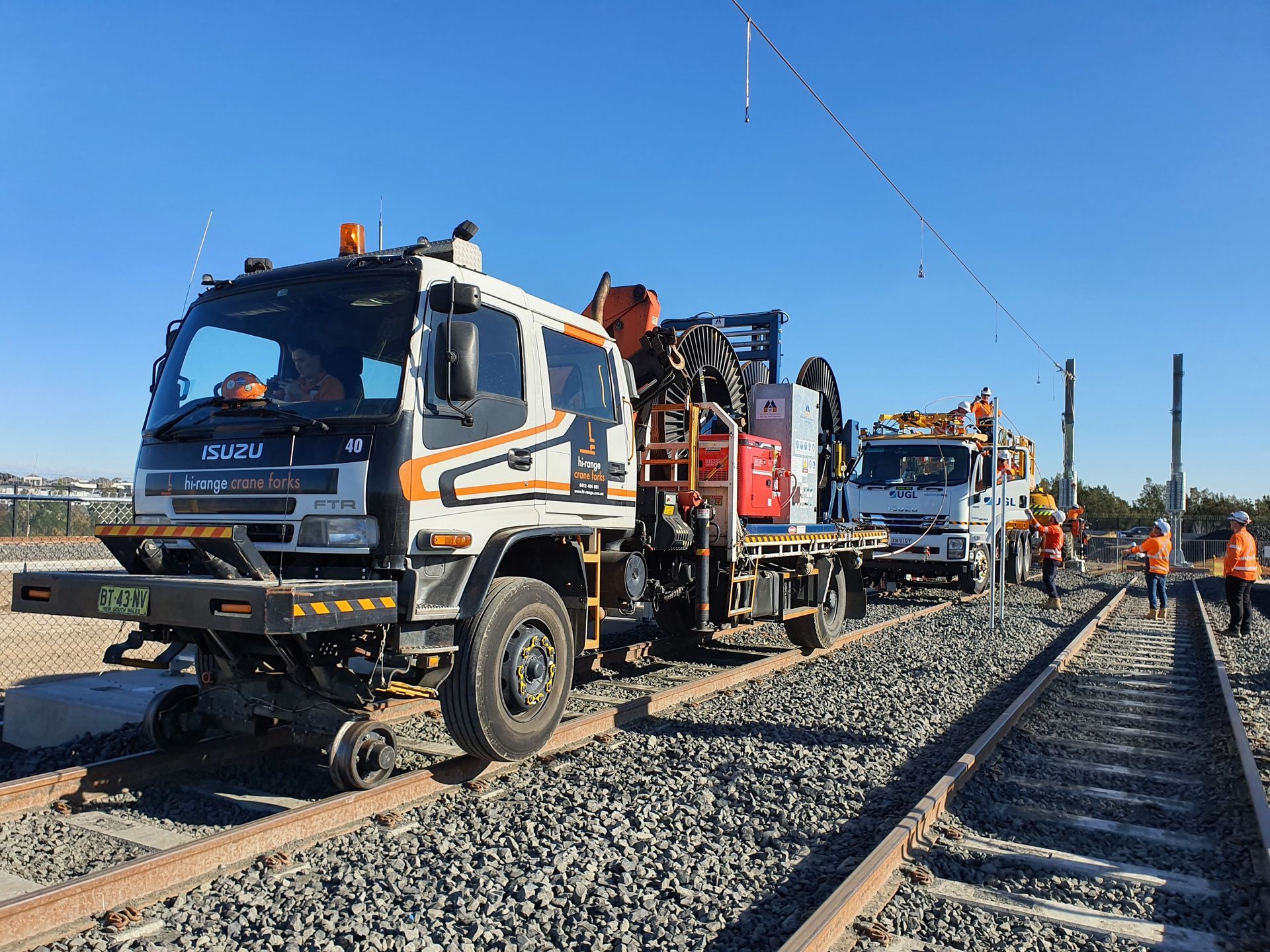29/10/2020
Hi-rail vehicles are vehicles designed to operate both on railways and on the road. They are usually maintenance vehicles working on the railway, where the area is too tight or there are no access roads for the railway they’re working on. Hi-rail equipment is usually built for the road in the usual way, then installed with the necessary implements to operate on railway lines. Let’s discover what it takes to make a hi-rail vehicle.
The Flanged Wheels
One of the hi-rail elements installed on hi-rail trucks is flanged wheels, which are stored under the vehicle when on the road, then are folded down for use on the railway. The hi-rail vehicle is placed on the railway with the flanged wheels down. Propulsion may be determined by a hydraulic system, or the road wheels, which make contact with the track as well.
The flanged wheels are just like train wheels, only on hi-rail equipment, they’re much smaller. They drop down via hydraulic over electric systems. Because equipment built for the road has wheels that are usually wider than a train track, a hi-rail truck will be fitted with road wheels that are closer together than usual, so there isn’t a massive gap between the road wheels and flanged wheels.
The flanged wheels of hi-rail vehicles are free rolling, so when a hi-rail truck is placed on a railway track, a brake test must be performed to determine the stopping distance, dependent on weather conditions.
The Steering Lock
A steering lock is installed in the hi-rail equipment to ensure that it doesn’t steer off the track. When on the railway, hi-rail vehicles don't need to steer, as the direction it moves is entirely dependent on the track. Locking equipment can be automatic or manual.
Steering locks are essential. A malfunctioning steering lock can cause a derailment, which damages the hi-rail vehicle and can cause injury to the operator.
Insulated or Non-Insulated?
Hi-rail equipment are sometimes designed to be insulated, which means it doesn’t activate track signals. This feature is in the flanged wheels, which are designed to impede conductivity - the primary way rail vehicles activate track signals. An insulated hi-rail truck will not set off crossing-gate operation or other sensors.
However, some operators prefer their hi-rail vehicles to be non-insulated, to ensure they can be picked up on track safety systems in case of an accident.
Contact our team today for advice on whether your hi-rail equipment should be insulated or non-insulated, based on your project.
Convert or Build?
There are a lot of considerations that go into spec-ing out the chassis of a road truck for conversion into a hi-rail truck. The unit may not actually have the base to accommodate the necessary hi-rail elements. For this reason, most manufacturers prefer to build a vehicle from the ground up.
We Do Hi-Rail!
We offer a range of hi-rail vehicles for wet or dry hire, including:
- Hi-rail trucks
- Hi-rail EWPs
- Hi-rail cranes
We pride ourselves on our high-quality machinery, skilled operators and attention to detail. If you have any questions about our hi-rail equipment or would like a free quote, please don’t hesitate to
contact us today at (02) 4062 8733 and our friendly team will get back to you as soon as we can.
Get a quote on rail track laying and more
Like what you see? Get in touch with our friendly team for more information on what services we can secure for your next rail construction project. Hi-Range Crane Forks can organise and assist with full-service rail construction packages and individual service contracts alike. From track clearing to installing continuous welded rail, our teams can provide assistance to commercial and civil projects of any size and scope across South Australia and New South Wales.

